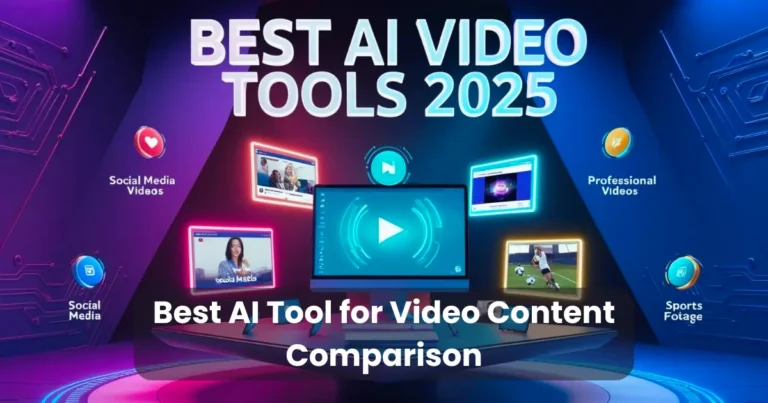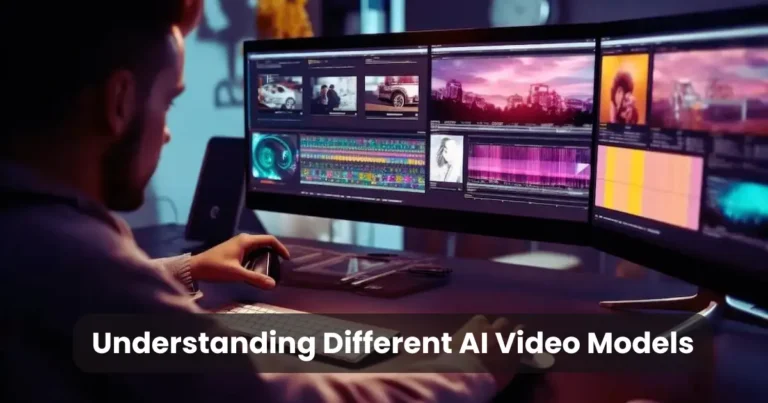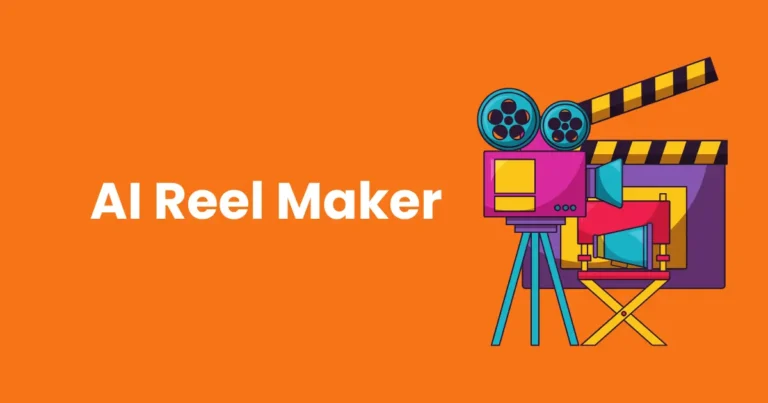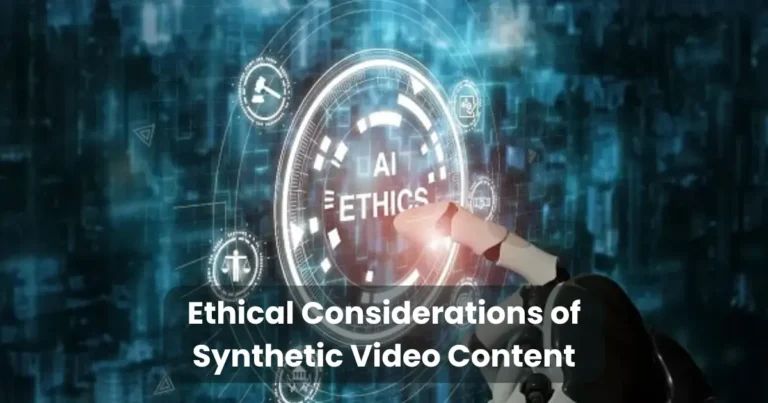Ethical Considerations of AI-Generated Video Content

Contents
- 1 Understanding AI-Generated Video Content
- 2 Why Ethics Matter in AI-Generated Media
- 3 Deepfakes and the Danger of Misinformation
- 4 Consent and Ownership in AI-Generated Videos
- 5 Bias and Stereotyping in AI-Produced Content
- 6 The Impact on Creative Industries
- 7 Legal Perspectives and Regulatory Gaps
- 8 Guidelines for Ethical Use of AI in Video Production
- 9 Balancing Innovation with Responsibility
The ethical considerations of AI-generated video content have become a critical topic in today’s digital era. As artificial intelligence rapidly advances, it is now capable of creating hyper-realistic videos that mimic human voices, facial expressions, and even entire personalities. While this technology offers exciting possibilities for entertainment, marketing, and education, it also raises complex ethical questions. How do we ensure consent when someone’s likeness is used without permission? Who is responsible for content that misleads or manipulates viewers? These questions highlight the urgent need to examine the moral landscape surrounding AI in video production. By exploring the challenges and responsibilities involved, we can better navigate the fine line between innovation and exploitation.
Understanding AI-Generated Video Content
AI-generated video content refers to videos that are created, edited, or enhanced using artificial intelligence algorithms. These algorithms can synthesize speech, generate realistic faces, animate digital characters, or even create entire scenes without direct human input. As a result, content that once required complex filming setups and large teams can now be produced quickly and cost-effectively by machines.
This innovative process usually involves deep learning models trained on vast datasets. For example, a neural network might learn how a human smiles or speaks by analyzing thousands of video clips. Once trained, it can then replicate those behaviors in a completely artificial video. Popular applications include AI avatars, deepfake videos, virtual influencers, and automated explainer videos.
Although this technology is revolutionary, it brings with it a new set of challenges. Many of these challenges tie directly into the ethical considerations of AI-generated video content, such as authenticity, consent, and misuse. As the boundaries between real and artificial blur, viewers may struggle to distinguish between genuine and fabricated visuals. Therefore, understanding how these videos are created is essential to evaluating their ethical implications.
Ultimately, while AI in video production increases efficiency and creative potential, it also demands careful oversight. Knowing how these systems work helps us make informed decisions about how we use and regulate this powerful technology.
Why Ethics Matter in AI-Generated Media
Ethics play a crucial role in shaping how society uses and responds to emerging technologies. With the rise of AI in media production, it has become increasingly important to address the ethical considerations of AI-generated video content. This technology doesn’t just influence creative industries it affects trust, privacy, and the public’s perception of truth.
AI-generated videos can convincingly replicate real people’s faces and voices. If used without proper boundaries, these tools can distort reality, spread disinformation, or manipulate public opinion. For instance, deepfake videos can impersonate political leaders, causing confusion or harm. In such cases, the line between innovation and deception becomes dangerously thin.
Moreover, ethics matter because they guide how we protect individuals’ rights. When someone’s likeness is used without their consent, or when AI tools reinforce stereotypes embedded in biased training data, real harm can result. Ignoring these risks undermines both personal dignity and societal trust.
The ethical considerations of AI-generated video content also extend to transparency. Viewers deserve to know when they’re watching AI-produced media. Without clear disclosure, audiences may unknowingly accept fabricated content as fact. This can have lasting consequences on journalism, education, and public discourse.
In essence, ethics provide the framework needed to navigate the growing influence of AI in media. By prioritizing fairness, accountability, and transparency, we can ensure that this technology serves the public good rather than becoming a tool for manipulation.
Deepfakes and the Danger of Misinformation
One of the most alarming ethical considerations of AI-generated video content is the rise of deepfakes. Deepfakes are hyper-realistic videos created using AI that make it appear as though someone said or did something they never actually did. These synthetic videos can be so convincing that even trained eyes struggle to detect manipulation.
The danger lies in how easily deepfakes can spread misinformation. A single fake video of a political figure making a false statement can go viral within minutes, influencing public opinion, sparking outrage, or even inciting violence. Unlike text-based misinformation, deepfakes exploit the trust people place in video as a “proof” of reality making them far more damaging.
Moreover, deepfakes don’t just affect public figures. Everyday individuals are increasingly targeted, especially in cases of non-consensual explicit content. AI tools can manipulate innocent images into harmful videos, violating privacy and dignity. These unethical uses underscore the urgent need for regulation and digital literacy.
The ethical considerations of AI-generated video content demand that creators, platforms, and governments take deepfakes seriously. Combating this form of misinformation requires transparent AI use, strong verification tools, and public awareness campaigns. If left unchecked, deepfakes could permanently erode trust in digital media.
Ultimately, while the technology itself isn’t inherently bad, its misuse poses a real threat. Ethical frameworks must evolve quickly to ensure AI-generated videos do not become weapons of disinformation.
Consent and Ownership in AI-Generated Videos
Consent and ownership are two of the most pressing ethical considerations of AI-generated video content. As artificial intelligence advances, it becomes easier to replicate a person’s voice, face, and gestures with remarkable accuracy often without their knowledge or permission. This raises serious questions about personal rights and intellectual property.

When someone’s image is used to create an AI-generated video without their consent, it can feel like a violation. Even if the content is not harmful or defamatory, using someone’s likeness without approval disregards their autonomy and control over their own identity. This issue becomes even more complicated when public figures are involved. Does being in the public eye give others free rein to simulate your appearance?
Ownership is equally complex. Who holds the rights to AI-generated video content the person who appears in it, the person who programmed the AI, or the platform that hosts the final product? Without clear legal definitions, creators and subjects can find themselves in murky territory. These uncertainties can result in conflicts over profit, representation, and accountability.
Moreover, content generated from copyrighted material adds another layer of risk. Training AI on someone’s previous work or media appearances may infringe on intellectual property laws, especially if the new video resembles the original too closely. This blurs the line between inspiration and imitation.
Addressing the ethical considerations of AI-generated video content means establishing transparent consent protocols and clear ownership guidelines. Without them, creators risk crossing moral and legal boundaries. As AI-generated media becomes more common, respecting the rights of individuals both known and unknown must remain a top priority.
Bias and Stereotyping in AI-Produced Content
Another serious concern within the ethical considerations of AI-generated video content is the potential for bias and stereotyping. AI systems rely heavily on training data to generate video content. If that data is biased, the output will reflect and sometimes amplify those biases, whether they are based on race, gender, age, or cultural background.
For example, an AI trained on a dataset dominated by Western beauty standards may produce video characters that conform to those standards while underrepresenting or misrepresenting other groups. Similarly, if the training material includes stereotypes, the AI might perpetuate them in subtle but damaging ways portraying certain communities in negative or one-dimensional roles.
These biases are not always intentional. In fact, they often stem from the unconscious prejudices present in the source data. However, their impact is very real. Audiences who see themselves misrepresented in AI-generated videos may feel marginalized or disrespected. Worse still, repeated exposure to such content can reinforce societal stereotypes, shaping public perception in harmful ways.
That’s why tackling bias must be part of the broader ethical considerations of AI-generated video content. Developers need to ensure diversity and fairness in the data used to train AI systems. In addition, regular audits and human oversight are necessary to catch and correct biased outputs before they reach the public.
By acknowledging and actively addressing these risks, we can build AI tools that reflect society more accurately and more respectfully. Ethical AI should empower, not alienate. And the fight against bias is central to that goal.
The Impact on Creative Industries
The rise of AI in media production is reshaping how creative industries operate and not without controversy. Among the most debated ethical considerations of AI-generated video content is how it affects artists, filmmakers, animators, voice actors, and other creative professionals whose work is now being replicated or replaced by machines.

On one hand, AI tools can boost productivity by handling time-consuming tasks like editing, lip-syncing, or scene generation. Independent creators, small studios, and marketing teams can now produce high-quality video content at a fraction of the cost and time. This democratizes content creation and opens doors for new voices and ideas.
However, there’s a downside. As AI systems become more sophisticated, they begin to compete directly with human creativity. When companies opt for AI-generated actors or voices, real professionals may lose work. Artists whose styles are mimicked by AI without compensation or credit face the risk of being exploited. These developments raise serious concerns about fairness, recognition, and sustainability in creative professions.
Moreover, if AI begins to dictate popular trends based on algorithmic outputs, originality could suffer. The subtlety and emotional depth that human creators bring to storytelling may be diluted by automated, data-driven approaches.
Addressing the ethical considerations of AI-generated video content requires supporting a healthy balance between innovation and human artistry. Ethical frameworks must ensure that creators are protected, credited, and compensated fairly when their work or likeness inspires or informs AI content. By doing so, we can foster a future where technology enhances not replaces human creativity.
Legal Perspectives and Regulatory Gaps
As AI-generated videos become more common, legal systems around the world are struggling to keep up. One of the most urgent ethical considerations of AI-generated video content is the lack of clear legal frameworks that define responsibility, consent, and accountability. While the technology evolves rapidly, laws are still catching up leaving wide regulatory gaps.
Currently, there is no universal legislation that specifically addresses AI-generated media. In many countries, laws on intellectual property, defamation, and data protection apply inconsistently to AI content. For example, if an AI uses someone’s likeness without consent, is it a violation of privacy or a creative use of public data? In most cases, the answer remains unclear.
The absence of clear rules puts both creators and consumers at risk. Without regulation, developers may use data irresponsibly, and platforms may distribute misleading content without oversight. Victims of deepfakes or non-consensual AI videos often find limited legal recourse, even when real harm is done.
Moreover, copyright law presents another gray area. If an AI tool creates a video based on existing works, who owns the rights the developer, the user, or the AI itself? Legal systems must evolve to answer these complex questions and protect human creativity.
Filling these regulatory gaps is essential to addressing the ethical considerations of AI-generated video content. Policymakers must collaborate with technologists, legal experts, and digital rights advocates to create clear, enforceable standards. Only with proactive regulation can we ensure that AI-generated media is used responsibly and fairly in the digital age.
Guidelines for Ethical Use of AI in Video Production
To address the growing ethical considerations of AI-generated video content, creators, developers, and platforms must adopt clear guidelines for responsible use. While laws and policies are still evolving, ethical practices can serve as immediate safeguards to ensure AI is used in a fair, transparent, and respectful manner.

1. Obtain Clear and Informed Consent
First and foremost, always secure consent before using someone’s likeness, voice, or creative work. Whether it’s a public figure or a private individual, transparency about how their image or data will be used is essential. Consent must be informed and freely given not buried in terms of service.
2. Disclose AI-Generated Content
Audiences deserve to know when content is created by AI. Clearly labeling videos as AI-generated helps maintain trust and avoids deception. Disclosure is especially important in news, education, and political contexts where authenticity matters.
3. Avoid Harmful Stereotypes and Biases
Preventing bias is a major ethical consideration of AI-generated video content. Developers should train AI systems on diverse, inclusive datasets and regularly audit outputs for unintentional stereotypes. Creators must take responsibility for the messages their videos convey.
4. Respect Intellectual Property Rights
Ensure that the content used to train or guide AI tools does not violate copyrights. Using an artist’s work, a voice actor’s performance, or a filmmaker’s footage without permission is not only unethical it could also be illegal.
5. Promote Accountability and Traceability
Every AI-generated video should be traceable to its source and method of creation. Whether it’s an individual tool or a collaborative project, accountability ensures that creators can be held responsible for misuse or misleading content.
6. Collaborate with Human Creators
AI should assist, not replace, human creativity. Ethical production integrates human insight and emotion with AI capabilities, fostering innovation without erasing the people behind the art.
By following these guidelines, stakeholders can navigate the ethical considerations of AI-generated video content more effectively. Responsible use isn’t just about compliance it’s about building a digital environment rooted in respect, transparency, and integrity.
Balancing Innovation with Responsibility
As AI technology continues to evolve, balancing innovation with responsibility is essential when addressing the ethical considerations of AI-generated video content. Innovation drives progress, offering exciting new tools that revolutionize video production, storytelling, and creative expression. However, without responsible use, these advances risk causing harm, mistrust, and ethical dilemmas.
Creators and companies must actively weigh the benefits of AI-generated videos against potential risks. For instance, while AI can enhance efficiency and creativity, it should never be used to deceive, manipulate, or infringe on individual rights. Responsibility means setting clear boundaries on how AI is applied and continuously evaluating its impact on society.
Moreover, embracing responsibility involves fostering collaboration between technologists, ethicists, legal experts, and content creators. This collaborative approach ensures that AI development aligns with shared ethical values, promoting transparency and fairness in media production.
Finally, public education plays a critical role. Audiences need tools and knowledge to critically assess AI-generated content, helping them distinguish fact from fabrication. This awareness supports a more informed and resilient media landscape.
In conclusion, balancing innovation with responsibility is key to harnessing the full potential of AI while respecting ethical standards. By doing so, we can ensure that AI-generated video content enriches society rather than undermines it.
Conclusion
In summary, the ethical considerations of AI-generated video content are critical as this technology becomes more widespread and influential. From the dangers of deepfakes and misinformation to issues of consent, ownership, and bias, AI’s impact on video media raises complex moral questions that cannot be ignored.
To move forward responsibly, creators, developers, policymakers, and audiences must work together to establish clear guidelines and regulations. Transparency, accountability, and respect for individual rights should be the foundation of all AI video production efforts. By balancing innovation with responsibility, we can unlock AI’s incredible potential to enhance creativity and communication without sacrificing ethical standards. Ultimately, thoughtful and ethical use of AI-generated videos will help build a media landscape that is trustworthy, inclusive, and respectful of all voices.






